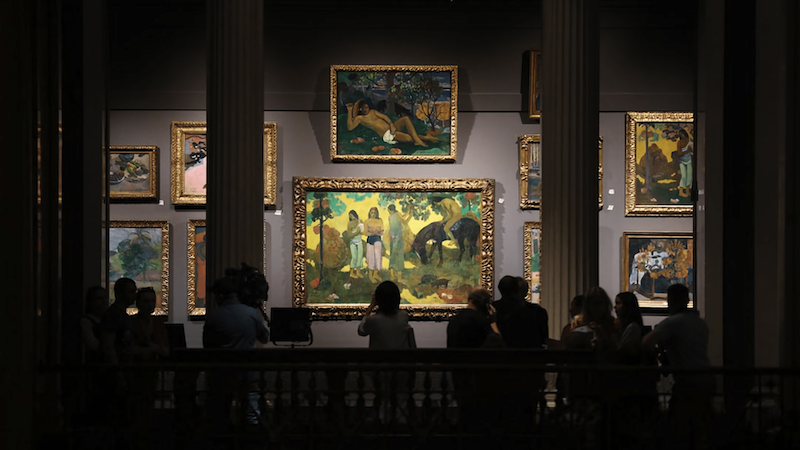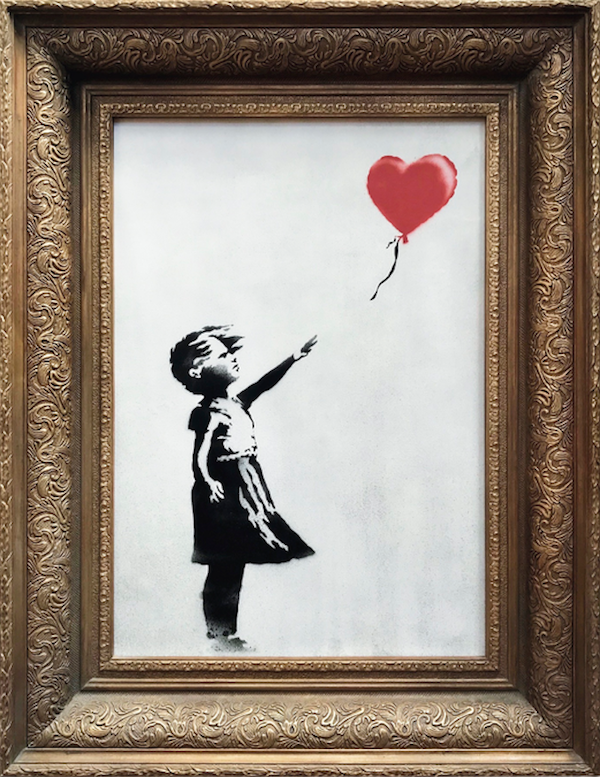
In 10 years of my work I’ve seen a lot of collections: small and big ones, by beginners and professionals. I was in charge of some of them, and for some of them I formed a proposal to fill in the gaps. Today I want to share some tips on how to form a collection and to not waste money on art that won’t bring you happiness in future.
1. You’re main here. As the clothes are an extension of us inside and a representation for outside, so the collection is an extension of us in space. In fact, a collection equals a collector himself: his points of view, character, beliefs. Work of art are materialised ideas and that’d be weird to posses the ones that are not close to you. Today the value of a personality is becoming more and more important. Of course you can collect a certain period of art, recognisable names (so-called ABC collections), and they’re worthy still, but the most interesting is the collector’s personality: the brighter and more multifaceted it is, the more interesting the collection is, and therefore more significant.
2. Watch, listen, read, watch again, listen, read... don't really believe anyone, only your eyes and heart, but make sure you watch, listen, and read. A friend of mine, quite a confident collector, said that in the first year of acquaintance with art you need to take away all the money from the poor thing collector and forbid him to buy, simply make him attend exhibitions and artists' studios. By this, in his opinion, you can save a large amount of money, and , as an addition, the time that you have to spend selling all that beautiful things that you bought during the first year. Some collectors are embarrassed to sell their first experiences in art somehow: it's a bit awkward, colleagues won’t understand…
3. Be friends with professionals. It’s obvious that each curator and critic has their own preferences due to life circumstances, vision of the world, knowledge about art and other things. They often say very contradictory things. But, firstly, it’s absolutely ok: the philosopher who agrees with his colleagues is a bad one, and secondly, listening to such professionals, you begin to understand a, let’s say, central axis around which art revolves. It’ll help you form your vision and sense of art, and here we go back to the first thing from the list.
4. Study art history. Yes-yes, I know, here I sound like a terrible bore, pince-nez. Give me a crinoline already! But, to be honest, I can't help but say that. Sensations, experiences, emotions, vibrations from art are all fine, but art is a language. Modern art surprisingly wasn’t brought to us by aliens who are trying to involve us into something bizarre and super not understandable, but it’s simply a stage in the development of a language that has been formed for many, many years. To speak a language, you need to know it. So, knowledge of art history is really a huge help in the formation of the collection.
5. You need to watch a lot. A terrible thing all gallery owners and art dealers talk about. In fact, it’s the habit of watching art and considering unexpected and strange forms as pleasant ones, not annoying. My another friend-collector says that he will never ever buy art that hasn’t brought him out of balance. Something like this should happen, from surprise to anger, a kind of shock: "I don’t understand, it was allowed to do like this?". This! This is art, and anything else is a repetition of the ordinary. In his opinion. Jokes aside, but it’s really very easy to get stuck in forms that are understandable and familiar from childhood or from some stages of development, but keep existing in these forms. By this the collection will become monotonous, and there may be many artists, but they will seem like one.
6. Experiment. This is another step towards the diversity of the collection. Many collectors tend to buy "understandable" techniques in art: painting, graphics, sculpture. I think this detail can be left unexplained: to hang / put at home, it’s convenient to store, there are no questions about numbers of editions, no authenticity issues. But, of course, contemporary art is not about techniques, and buying documentation for a performance is no less interesting than another painting. Constantly expand the scope of consciousness so that it doesn’t lead you into the trap of sameness.
7. Don't be fooled by the word "genius". In general, as soon as conversations begin: "You’re such a trained eye", "You’ve chosen the best artwork", "Yes, this particular work of art you’re looking at is brilliant", and all the other pathos, I want to run away. Real collectors, with a high level of courage, can, of course, stay. The main thing to remember is that this kind of flattery, as well as the words "brilliant" and "divine", "magnificent work", "what a line, what a stroke". Without further explanation it’s manipulation. I would rather listen to those who argue argumentatively or simply can explain why this artist can be paid attention to.
8. Art is love. Without love there’s no magic, no interest, no happiness that collecting can bring you. Another collector chooses artworks according to the following principle: he looks at the works, then spends the night in his thoughts and dreams, and understands if he can live without this work of art or not. For him, every work of art is like a new marriage. The collection is like a living organism. Art completely consumes his apartment. If the artwork is at the exhibition for too long he begins to miss it and comes to have a look at it. How significant and meaningful is his collection? This is his life, and this is true love.
9. Private and public. Collecting for yourself is one thing, but presenting it to the public is a bit another. There are collectors who take this step quite easily with no hesitation, lowering the responsibility by saying this like, for example, we’ll this is my space and it’s like my living room, I invite friends, and in general I don’t care and have nothing to do with it. "Irresponsible gathering" is also a way out. But it doesn't work that way for everyone. If you want to show your collection publicly but you’re scared, invite a person who can improve it. The same professional who will decide to what areas it’s better ti divide it, what’s better to buy so a period or topic are presented more fully, and what is better to hide or sell (go back to the second thing from the list). Well, choose a person you can easily build a dialogue with, a person you trust.
10. The same with the first one: you are main here. in the beginning you’ll certainly buy something that you won’t like in 5 years. And it’s ok. But remember, sometimes we have diaries, but when we reread them after some time, we grin and feel uncomfortable. So the same way the collection remembers us from the past: a little younger, a little more risky or naive. And this is important. Perhaps these works will not be appreciated by an art critic or other artists, but what difference does it make to you if it’s a continuation of you at some point in your life?

